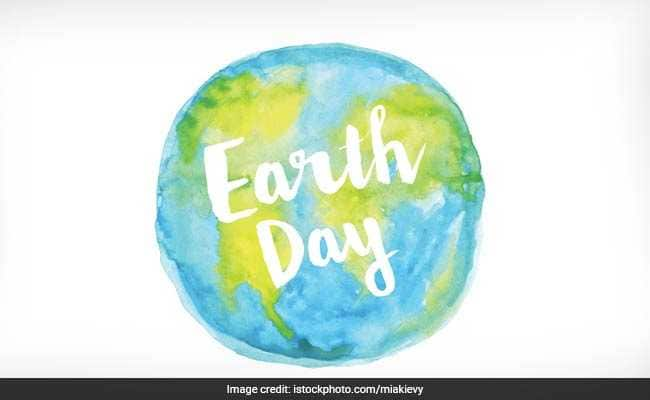DAY 5: The Sky’s the Limit!
Activity 1: Environment Day - Beat Plastic Pollution [4 points]
Every year we celebrate World Environment Day in June. On World Environment Day we do what we can to protect our planet. This year the focus is on reducing the use of plastic bags and water bottles. Watch this Environment Day video to learn more about it!
What could you and your family do to protect the planet?
On your blog tell us three things that you could do to help save the planet.
* First we could buy metal straws so that when we go to Mcdonalds we don't have to use the plastic ones.
* Instead of plastic waterbottles, we could buy reusable waterbottles and fill it up with tap water.
* My family could pick up rubbish thats on the ground outside whenever we see it.
Activity 2: Adoption Day [4 points]
Not only can you help the planet by reducing, reusing and recycling, you can also help to save animals and plants by ‘adopting’ them. To ‘adopt’ an animal through the World Wildlife Fund (WWF), you need to visit their adopt a species page, read through the list of animals and choose one.
With the WWF, you don’t actually adopt the animal and bring it home! It’s a symbolic adoption. In this case you pay a fee ($55.00) and the money is used to provide food and care for your chosen animal. Visit the WWF site and take a look at the animals who are available for adoption. Choose your ‘top three’ animals from the website.
On your blog, list the three animals that you have chosen and then compare and contrast them. How are they similar? How are they different? At the bottom of you post, tell us which of the three animals you would most like to adopt..
Similarites - They are all in need of help and are almost extinct
- They are all endangered because of habitat loss and of poaching.
Differences - They are all different species.
- All three of them live in different types of habitats.
Amur Leopard - I would like to adopt the leopard the most.
Slow Loris
Sumatran Rhino
Activity 3: Concluding the Journey [10 points]
Sadly, the Summer Learning Journey has now come to an end. It is time to reflect on everything that you have learned about the environment and, particularly, about how you can protect and preserve it.
On your blog please tell us:
- What is one thing that you learned from participating in the Summer Learning Journey programme this year? I learned that a lot of animals in NZ are close to extinction.
- What is one thing that surprised you? I was surprised that someone came up with the idea to create a fashion show but the models have to wear outfits out of recycled resources.
- What is one thing that concerned or upset you? A lot (more then I thought) of animals are dying because of habitat loss and that is because of us humans.
- What is one thing that you (or your family) can do, moving forward, to help protect our natural environment? Pick up rubbish outside whenever we can.